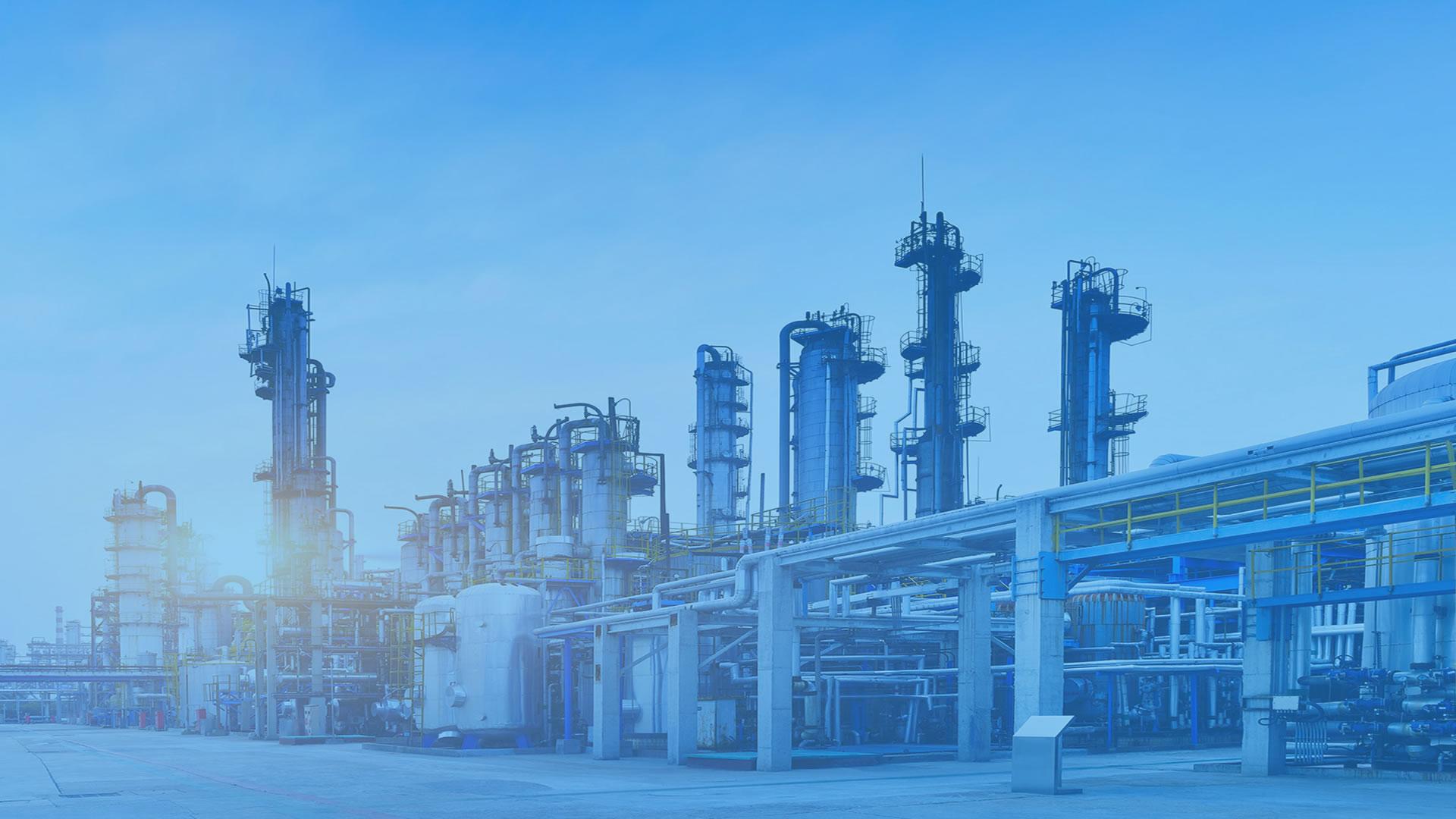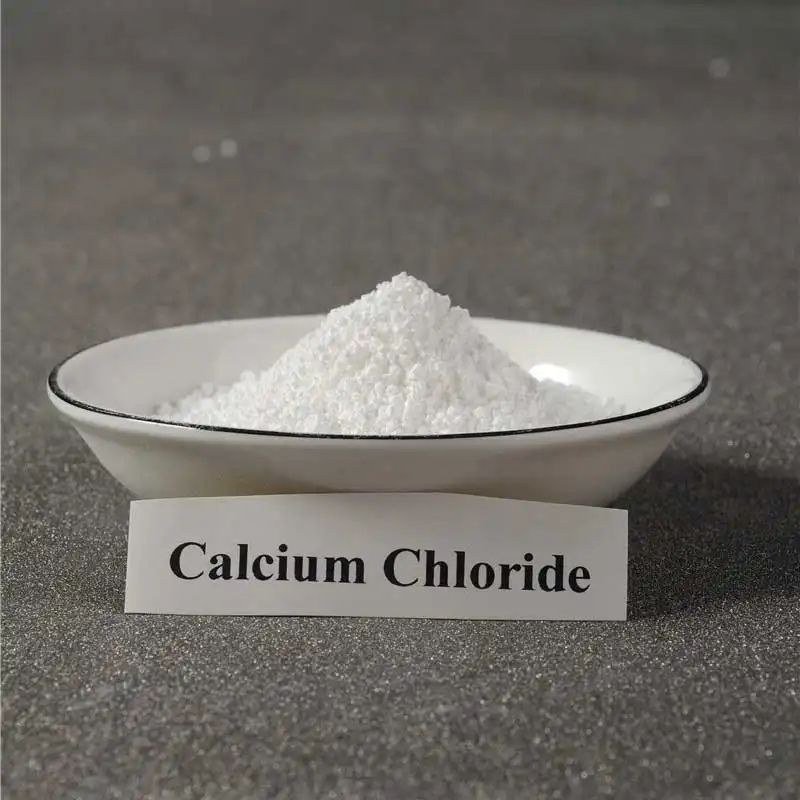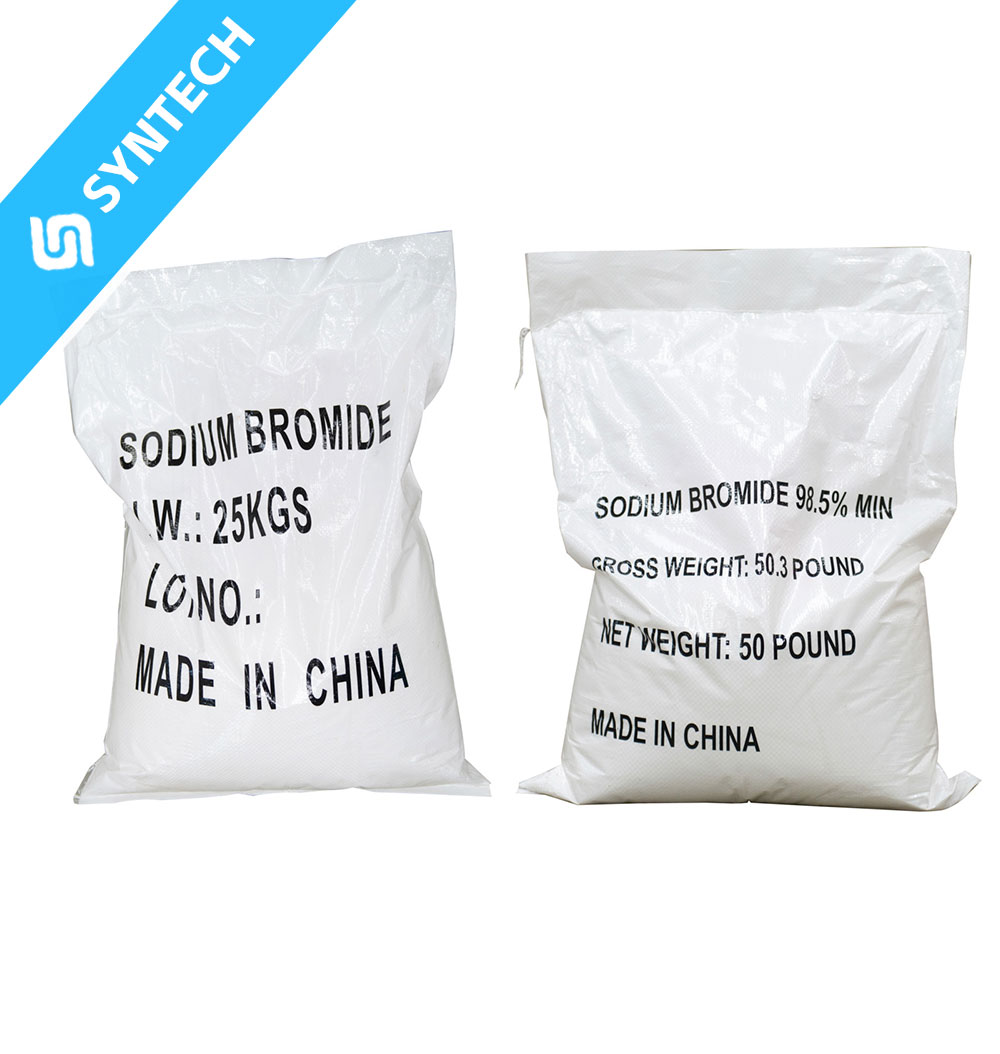Sodium Methallyl Sulfonate (SMAS, C₄H₇NaO₃S) is a highly effective anionic functional monomer that plays multiple critical roles in drilling fluids, particularly under high-temperature, high-salinity, and complex formation conditions, thanks to its unique sulfonate group (–SO₃⁻) and reactive double bond (C=C). Below is an in-depth breakdown of its core functions and mechanisms of action.
1. Core Functions and Mechanisms
(1) Shale Inhibition and Clay Stabilization
- Mechanism:
- The sulfonate group in SMAS binds tightly to clay minerals (e.g., montmorillonite) via electrostatic adsorption and hydrogen bonding, neutralizing positive edge charges and preventing water penetration.
- Suppresses clay hydration and swelling, reducing wellbore instability risks.
- Performance:
- In a base mud containing 2% KCl, SMAS (0.3%) reduces shale swelling by >50% (vs. KCl-only systems).
(2) Fluid Loss Control
- Mechanism:
- SMAS copolymerizes with acrylamide (AM) or starch to form sulfonated polymers, creating a dense filter cake on the wellbore.
- The sulfonate group enhances the polymer’s salt tolerance, preventing precipitation in high-Ca²⁺/Mg²⁺ brines.
- Typical Data:
- API fluid loss: Reduced from 15 mL/30 min to <8 mL/30 min (at 0.2% SMAS dosage).
- HTHP fluid loss (120°C): Controlled at <15 mL/30 min.
(3) Dispersion and Rheology Modification
- Mechanism:
- The strong anionic charge of the sulfonate group promotes uniform dispersion of drill cuttings and barite (BaSO₄), preventing settling.
- Optimizes the yield point/plastic viscosity (YP/PV) ratio, improving cuttings transport.
- Field Example:
- In a 12 ppg brine-based mud, SMAS (0.4%) increases 6 rpm dial readings from 3 to 8, significantly enhancing low-shear-rate suspension.
(4) Lubricity Enhancement
- Mechanism:
- SMAS adsorbs onto metal drill pipes and rock surfaces, forming a hydrated lubricating film to reduce friction.
- Performance:
- In directional wells, SMAS (0.5%) reduces torque by 15–20%, mitigating stuck pipe risks.
(5) High-Temperature Stability
- Threshold:
- Stable up to 120°C alone; when copolymerized with AMPS, stability extends to 150°C.
- Advantage:
- Conventional lignosulfonates fail above 100°C, while SMAS-based polymers retain performance.
2. Typical Formulations and Dosage Recommendations
| Application Need | Recommended Formulation | Dosage Range | Performance Target |
|---|---|---|---|
| Shale Inhibition | SMAS (0.2%) + 3% KCl | 0.1–0.3% | Swelling reduction >40% |
| High-Temp Fluid Loss | SMAS-AMPS-AA terpolymer | 0.2–0.5% | HTHP fluid loss <15 mL (150°C) |
| High-Density Mud Suspension | SMAS (0.3%) + Xanthan Gum (0.1%) | 0.2–0.4% | Barite sag <0.5% (static, 24h) |
| Lubricity/Friction Reduction | SMAS (0.5%) + extreme-pressure lubricant | 0.3–0.6% | Friction coefficient reduction ≥15% |
3. Advantages Over Conventional Additives
| Performance Metric | SMAS-Based Additives | Traditional Lignosulfonates |
|---|---|---|
| Temperature Resistance | ≤150°C | ≤100°C |
| Salt Tolerance | Tolerates 200,000 ppm TDS | Fails at >50,000 ppm Ca²⁺ |
| Environmental Impact | Biodegradable, low toxicity | High COD, slow degradation |
| Inhibition Mechanism | Dual action: charge adsorption + steric hindrance | Relies solely on electrostatic shielding |
4. Field Case Studies
Case 1: Shale Gas Horizontal Well (Sichuan Basin, China)
- Challenge: Longmaxi Formation shale prone to hydration-induced collapse; conventional inhibitors failed.
- Solution: SMAS (0.3%) + polyamine inhibitor (0.5%) blend.
- Result:
- Borehole enlargement rate reduced from 22% to 8%.
- Rate of penetration (ROP) increased by 18%.
Case 2: High-Temperature Deep Well (Middle East Carbonate)
- Conditions: Bottomhole temperature 138°C, Ca²⁺ concentration 18,000 ppm.
- Formula: SMAS-AMPS copolymer (0.4%) + sulfonated asphalt (2%).
- Outcome:
- HTHP fluid loss stabilized at 12 mL/30 min.
- No high-temperature viscosity increase.
5. Key Considerations and Optimization
- Compatibility Testing: SMAS may precipitate with cationic additives (e.g., polyquaterniums); pre-testing required.
- Cost Optimization: Blending with lignite resins can reduce costs while maintaining >80% performance.
- Environmental Compliance: Meets OSPAR standards for offshore drilling.
Conclusion: SMAS’s Core Value
- Multifunctionality: Addresses inhibition, fluid loss, lubrication, and suspension simultaneously.
- Extreme-Condition Adaptability: Ideal for high-salinity, high-temperature, and hard formations.
- Long-Term Cost Efficiency: Low dosage, high effectiveness, and reduced non-productive time (NPT).
For customized formulations targeting specific formations (e.g., salt-gypsum layers or fractured reservoirs), SMAS copolymers can be further optimized (e.g., by incorporating NVP monomers for enhanced thermal stability). Let us know if you need tailored solutions!






